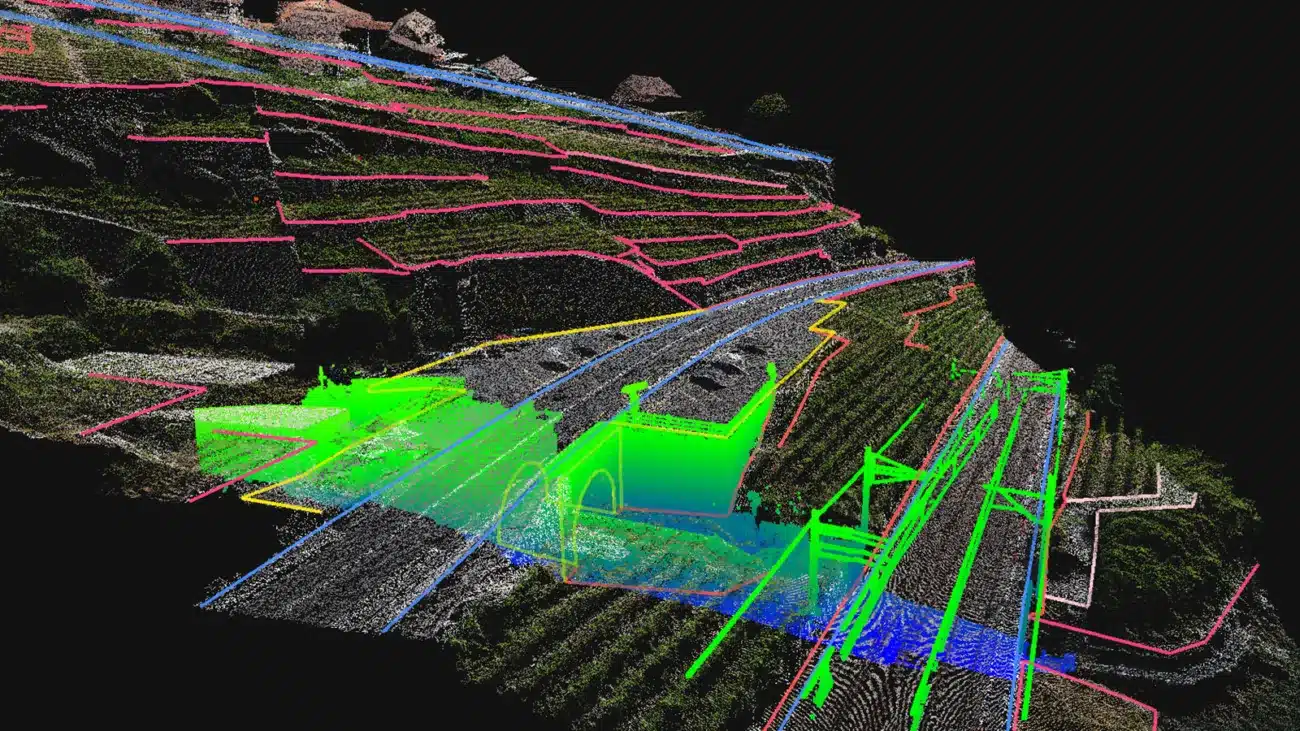Revolutionary Laser Technology Boosts LiDAR Precision and Gas Detection

Scientists at the Norwegian University of Science and Technology (NTNU) have made a significant breakthrough in laser technology, developing a new integrated laser that is fast, powerful, and cost-effective. This innovation, achieved in collaboration with Switzerland’s École Polytechnique Fédérale de Lausanne (EPFL) and chip specialist Luxtelligence, addresses the limitations of traditional precision lasers, which are often large and expensive. The new laser could pave the way for the creation of compact, affordable instruments and communication systems that maintain high performance.
Innovative Design and Functionality
The new laser technology is implemented on a photonic chip that utilizes advanced materials, particularly thin-film lithium niobate. This material takes advantage of the electro-optic (Pockels) effect, allowing for ultrafast and smooth frequency tuning without mode hops. The design integrates a lithium niobate circuit with a commercial semiconductor gain chip, resulting in a robust and powerful laser. This device emits a stable beam and can be adjusted quickly using a single tuning knob, simplifying operation compared to traditional lasers that require multiple controls. The reliance on standard chip fabrication processes means that this laser can be mass-produced at a lower cost, making it accessible for various applications. Johann Riemensberger, the lead scientist, emphasizes that this advancement enables the development of small, user-friendly measuring instruments and communication tools with high performance.
Applications in Autonomous Vehicles and Environmental Monitoring
The new laser technology addresses several challenges faced by conventional precision lasers, which are often bulky and costly. Riemensberger highlights that their innovation effectively resolves these issues. The team has successfully demonstrated the laser’s capabilities in LiDAR (light detection and ranging) systems used in self-driving cars. In these systems, lasers measure distances by timing reflected light pulses, and the new laser achieved an impressive range precision of approximately four centimeters. This level of accuracy allows for high-resolution environmental mapping, which is crucial for the safe operation of autonomous vehicles.
Moreover, the rapid and mode-hop-free tuning of the laser enables it to sweep across gas absorption lines, facilitating the sensitive detection of trace gases such as hydrogen cyanide. This feature showcases the laser’s potential for rapid gas sensing, which is vital for safety and environmental monitoring. Simone Bianconi from EPFL notes that the combination of tunable, low-noise output makes this laser particularly well-suited for coherent LiDAR applications and precision gas sensing, further expanding its potential uses in various fields.
Future Implications and Developments
The advancements in laser technology presented by Riemensberger and his team could lead to a new era of compact and efficient measurement tools. As industries increasingly rely on precise measurements and communication, the demand for affordable and high-performance lasers is likely to grow. The ability to produce these lasers using standard chip fabrication techniques not only reduces costs but also enhances accessibility for researchers and developers across various sectors.
The collaboration between NTNU, EPFL, and Luxtelligence exemplifies the importance of interdisciplinary partnerships in driving technological innovation. As further research and development continue, the implications of this new laser technology could extend beyond autonomous vehicles and environmental monitoring, potentially impacting fields such as telecommunications, medical diagnostics, and industrial automation. The future looks promising as scientists explore the full capabilities of this groundbreaking laser technology.
Observer Voice is the one stop site for National, International news, Sports, Editor’s Choice, Art/culture contents, Quotes and much more. We also cover historical contents. Historical contents includes World History, Indian History, and what happened today. The website also covers Entertainment across the India and World.

